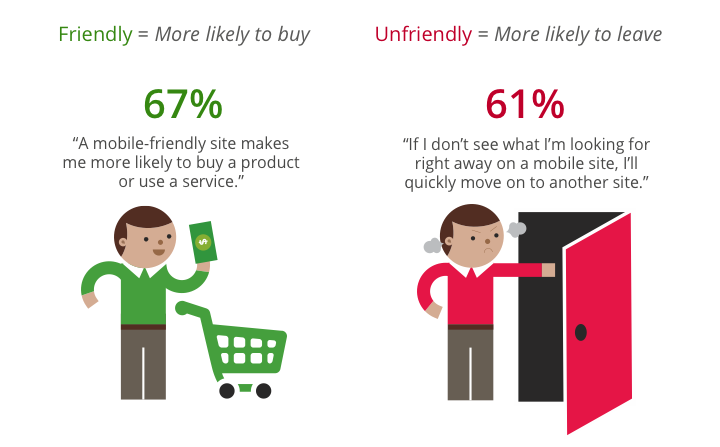How to Rank for Google's New Mobile-Friendliness & App Index


Websites that are not mobile-friendly could suffer within Google’s search results due to the latest announcement to expand mobile friendliness as a ranking signal in April.
According to Google’s announcement, “When it comes to search on mobile devices, users should get the most relevant and timely results, no matter if the information lives on mobile-friendly web pages or apps. As more people use mobile devices to access the internet, our algorithms have to adapt to these usage patterns.” 
The growing need for retailers to integrate mobile-friendly sites is nothing new to the ecommerce world. CPC Strategy’s article on 2014 Mobile Ecommerce Trends, revealed the number of advertising conducted on mobile platforms tripled over the past two years. It is estimated by 2017, mobile ecommerce sales will total $109 billion and those estimates continue to grow every year.

Advertisers who already have a mobile optimized site will need to get moving – and fast to keep up with Google’s evolving ranking algorithm. For those companies already on the forefront, there is rising concern over how this will directly impact their ranking and what they can do to make sure they stay in the game.
The expansion of mobile-friendliness as a ranking signal across all languages – worldwide will have a significant impact on Google search results. Google’s hope is that this change will give shoppers easier access to quality brands with optimized search results for their devices.
It is still unclear how much mobile friendliness will influence retailers ability to show on Google’s search page but we do know this is an area the ecommerce world continues to push.
Google’s dynamic algorithm factors in everything from site usability to keywords and the video (below) does a great job at explaining their complex system in simple terms.
Google is providing retailers with several tools to help them prep their site for the change due to launch on April 21st:

According to Google, the best practices to keep in mind while building or redesigning a mobile friendly site include:
Keep it Quick

According to skillcrush.com, companies like Nixon, have done a fantastic job at creating an appealing mobile site complete with consistency, simple display tools, and intuitive design – using only the primary colors of the watches shown and focusing on the CTA content.
In addition to enforcing mobile-friendly sites, Google has already implemented the other half of their new ranking strategy called “App Indexing.”
As of late February, users who already have a retailer’s app installed will have the option to open content within the app from their Google Search results.
According to Google, “We will begin to use information from indexed apps as a factor in ranking for signed-in users who have the app installed. As a result, we may now surface content from indexed apps more prominently in search.”
Retailers who want to implement the App Indexing are encouraged to follow Google’s step-by-step guide on the developer site or visit Webmaster Help Forum.
